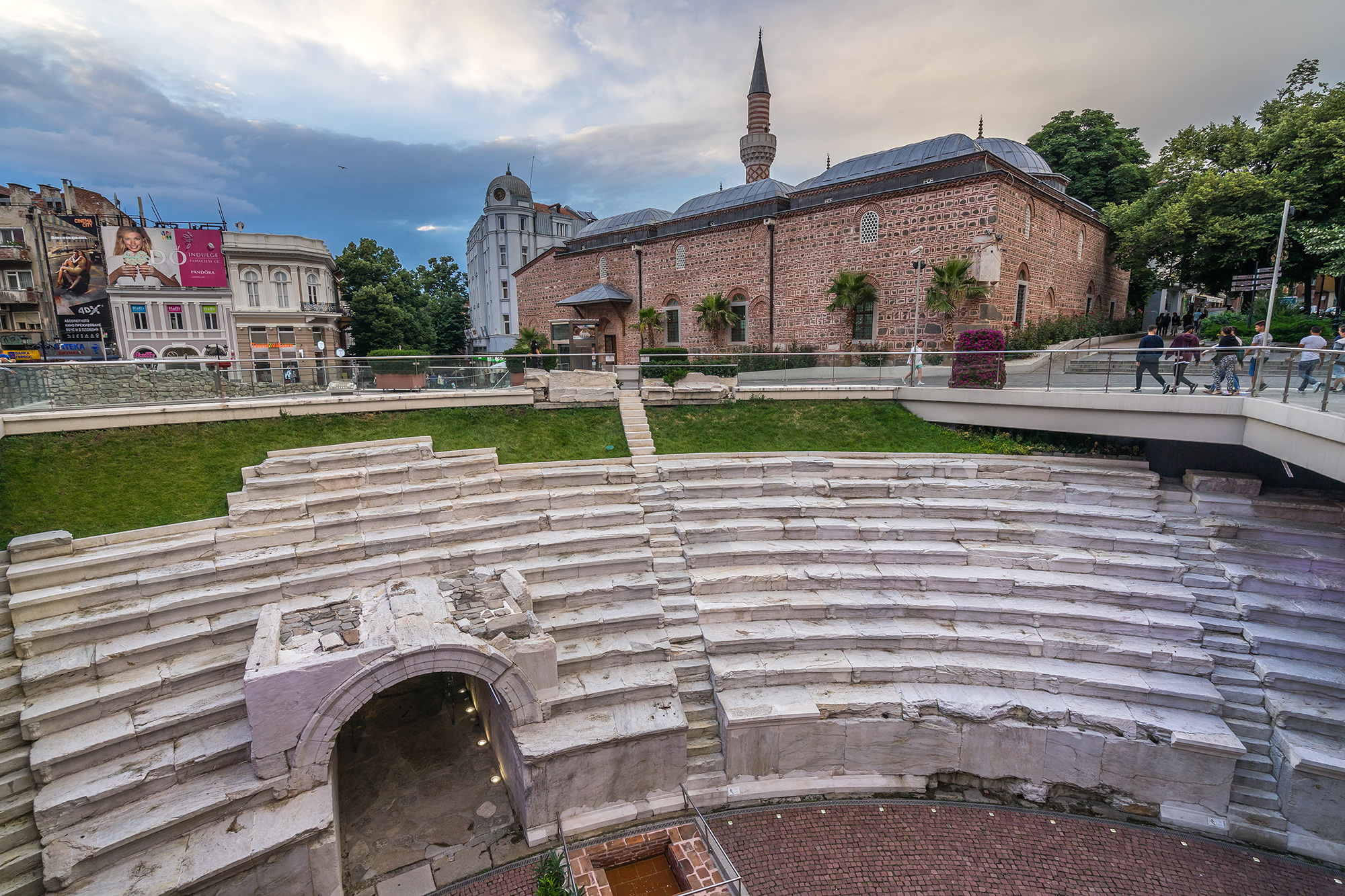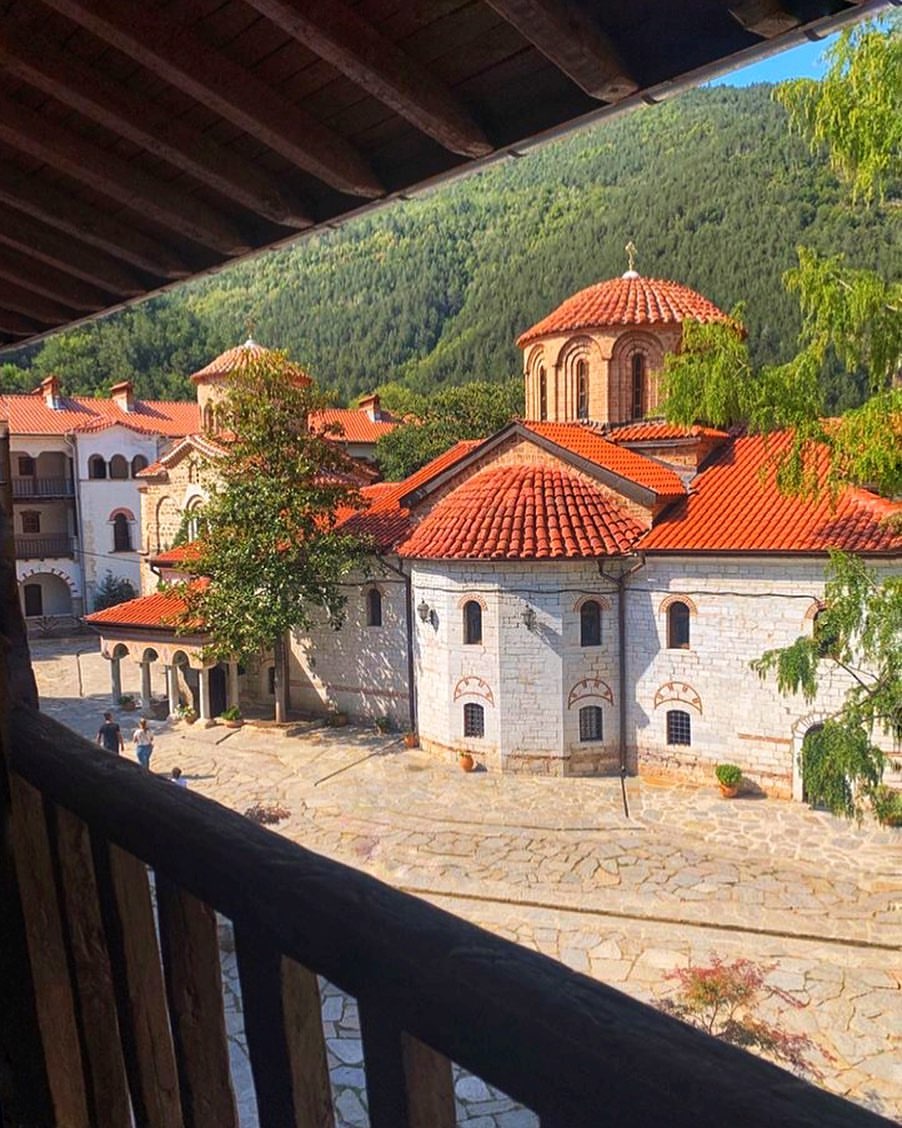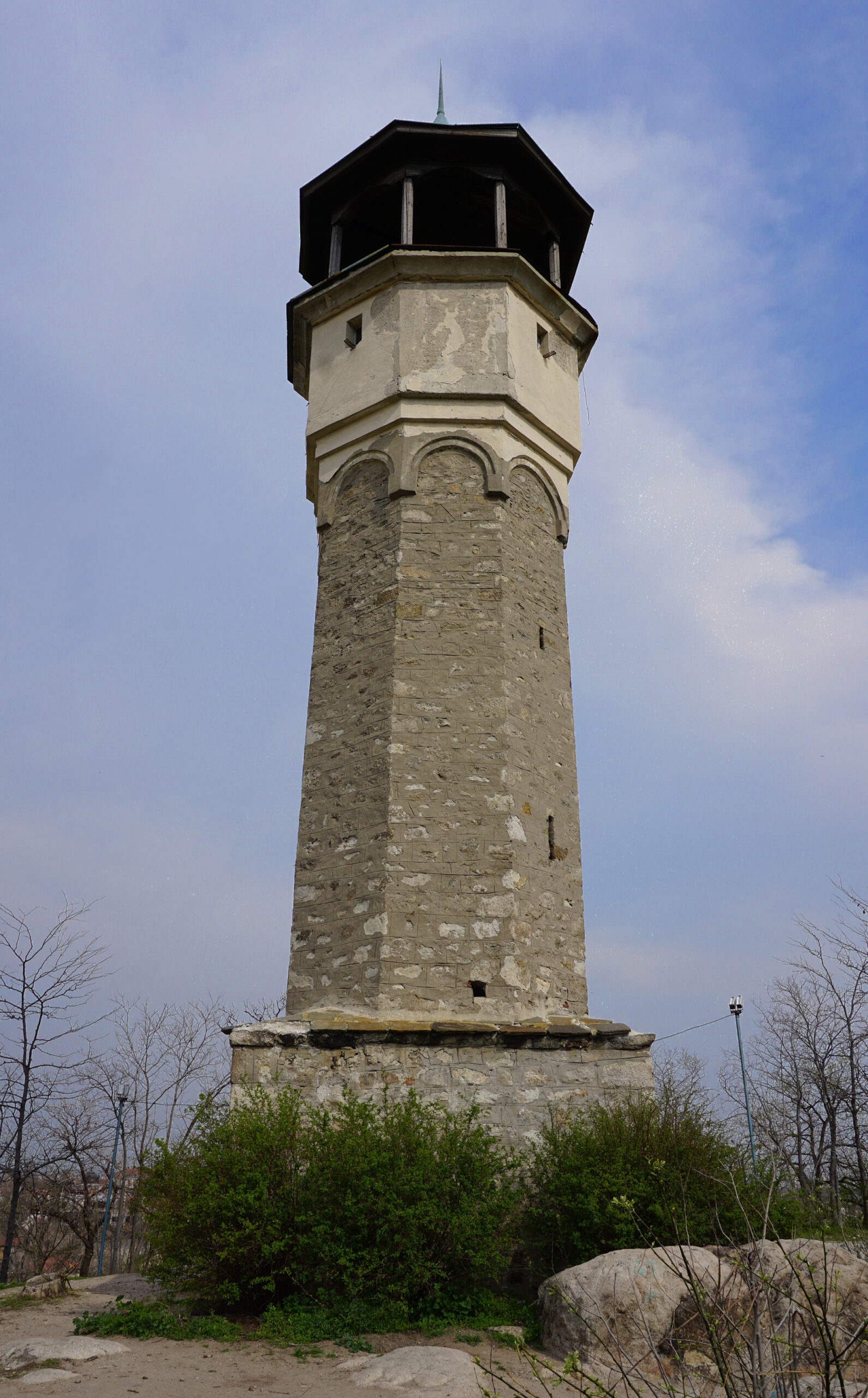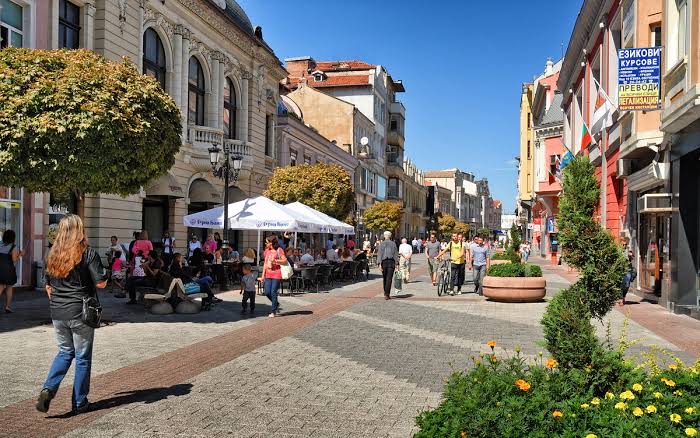Table of Contents
About
Plovdiv is the second-largest city in Bulgaria, and second oldest city in Europe. It is nestled between the Rhodope Mountains on the south and the Balkan Range to the north. It is situated on banks of river Maritsa and sits between the fanous ‘Seven Hills’ which rise within the city.
The location of the city between these mountain ranges and the Seven Hills provides stunning views of the surrounding natural landscape.
It is the culture capital of Bulgaria and an important economic, transport, cultural, and educational center
Plovdiv is a picturesque town, with many parks and gardens, museums and archaeological monuments.
History and Culture
One of the oldest cities in the world, Plovdiv’s history can be traced back 6000BC when the region had it’s first inhabitants settling in.However, the foundation of the present city was laid by the Roman conquerers around 2000 years ago. During the subsequent centuries it’s architecture and culture have been shaped and influenced by Roman, Persian and Ottoman settlers.
Its unique location on the ancient crossroads between the East & West civilizations has led to the city being conquered by many empires includingThracians, Macedon, Romans, Byzantines, Bulgarians, Ottoman Turks. The occupation of it by them has stimulated strong cultural and political influences
which has contributed to the city’s rich and vibrant historical heritage.
Plovdiv is a town built upon layers of towns and a culture developed upon layers of cultures. It is a must-visit city for every type of traveler who loves being awed by a city’s beautiful heritage and architecture..
Things To Do in Plovdiv
Theatre of Philippopolis

The Ancient theatre of Plovdiv is the world’s most intact theatre, which is still in use after 2000 years of its construction.
It was constructed in the 90s of the 1st century AD, under the rulership of Emperor Domitian. The theatre has seating capacity of 7000 spectators. It is nestled between The theatre is located in the Old town of Plovdiv, in the saddle between Dzhambaz and Taksim hills.
The structure of the theatre cuts into the side of Taksim Tepe, one of the six hills of Plovdiv. The terrace slope with the seats faces the city which provides stunning views of the city surrounded by the Rhodope Mountains.
During the summer, the theatre offers opera, folklore, pop-rock live, symphonic concerts, and theatre performances.
Roman Stadium

The Roman Stadium in Plovdiv, Bulgaria, is among the largest and best preserved buildings from the time of the Ancient Rome in the whole Balkan Region. The stadium, has the seating capacity of up to 30000 spectators.
The stadium was built in the beginning of the 2nd century AD during the reign Emperor Hadrian. Today only few fragments of the complete structure is accessible and visible. However, the northern curved part of the stadium has been partially restored and has become one of the most recognisable landmarks of the city.
The ancient Roman Stadium sits beneath the main pedestrian street of Plovdiv’s Old Town and it was discovered in the 20th century. The larger portion of the stadium lies beneath the buildings along the main street, where parts are visible in basements of several shops on the street. The northern end of the edifice can be observed at Dzhumayata Square. The location of the stadium in the natural bowl-shaped terrain between Taksim Tepe and Sahat Tepe. Hills provide picturesque views of the surrounding landscape.
Visitors can relish the best view of this Roman Stadium from over the top of Dzhumaya Square that offers the pathway with a railing going down to the stadium’s seating. This pathway to the stadium’s seating runs to the underneath of the northern curve
Bachkovo Monastery

Also known as Monastery of the Mother of God Petritzonitissa is a major Eastern Orthodox monastery in Southern Bulgaria. It is located on the right bank of the Chepelare River, The monastery is known and appreciated for unique combination of Byzantine, Georgian and Bulgarian culture, united by the common faith.
The monastery was founded in 1083 by Prince Gregory Pakourianos, and is situated in the southeastern reach of Plovdiv that lies on the outskirts of the town of Asenovgrad.
The Ossuary is the only structure that has survived from the monastery’s original structure. It has a specific architectural design and many ancient frescoes. It is situated 300 m away from the contemporary monastery complex. The Ossuary represents the mix of the Georgian and Byzantine architecture and building traditions.
The Monastry complex also has the Cathedral Church of the Virgin Mary constructed in the year 1604. The cathedral houses the valuable icon of the Virgin Mary Eleusa. The building has survived to this day in its original structure of a three- aisled, cruciform domed basilica with three pentagonal apses.
The Old Town in Plovdiv

It is an architectural and historical reserve located on three of Plovdiv’s hills: Nebet Tepe, Dzhambaz Tepe and Taksim Tepe.
The Old Town of Plovdiv is a unique city within the city of Plovdiv with its own rhythm and lifestyle. The architectural reserve features archaeological sites, museums, art galleries, old houses and public buildings, religious temples, cafes and restaurants, romantic courtyards and picturesque cobblestone streets. The Old Plovdiv is a popular venue for concerts and exhibitions, casual and business meetings, sightseeing or just strolling around.
This attraction is located only 40 minutes walk from the Central Railway The walking route is easy and shows most of the city center.
Some of the sites and attractions in the area are the Fortress Complex on Nebet Tepe, The Ancient Stadium at Djoumaya Square, the Ancient Philippopolis’ Forum, Zlatyo Boyajiev Gallery, the Nedkovich House, the Stepan Hindlyan House, the Ancient Theatre, the Balabanov House, The Odeon of the Ancient Philippopolis
The Clock Tower

One of the major tourist attractions of the city is the Clock Tower. It rises in the west of the Sahat Hill. The earliest record of the Tower dates back to 1623. It was built in its present appearance in 1812 and is 17.5 m high. In 1883, a new large clock, made in Vienna, was installed. It is considered one of the city’s emblems. The building offer the conical rooftop, including a gallery that is 200 years old.
The Tower can be reached from the Roman Stadium Square in 5-6 minutes walking.
The Main Pedestrian Street

The most popular and the most favourite place in Plovdiv is the main pedestrian street from The Central Square to Novotel which has a total length of 1.8 km, making it the longest pedestrian street in Europe.
Visitors can shop and walk exploring the decorations as well as the culture. Starting from Central Square, the street ends on the bridge of Maritza River.
Several restaurants, cafes, shops, and more exclusive spots are there.
Visitors can walk from Central Square seeing the ancient remains of Forum as well as the Odeon, Kopchetata Square.
During summer, the folklore performances and the walk over the Sahat Tepe Hill can relish the day.
How to get to Plovdiv
By Air – The airport of Sofia provides flights to many cities across the world. Plovdiv is at a 1-hour drive from Sofia airport.
By Bus – A bus service is available from Sofia to Plovdiv in every hour. It takes approximately 2 hours to get into the city. This road trip will take you through the famous Trakia motorway.
By Train – Visitors can take fast and express trains from the central railway station from Sofia to Plovdiv. It takes up to 2 hours 30 minutes to get there.
